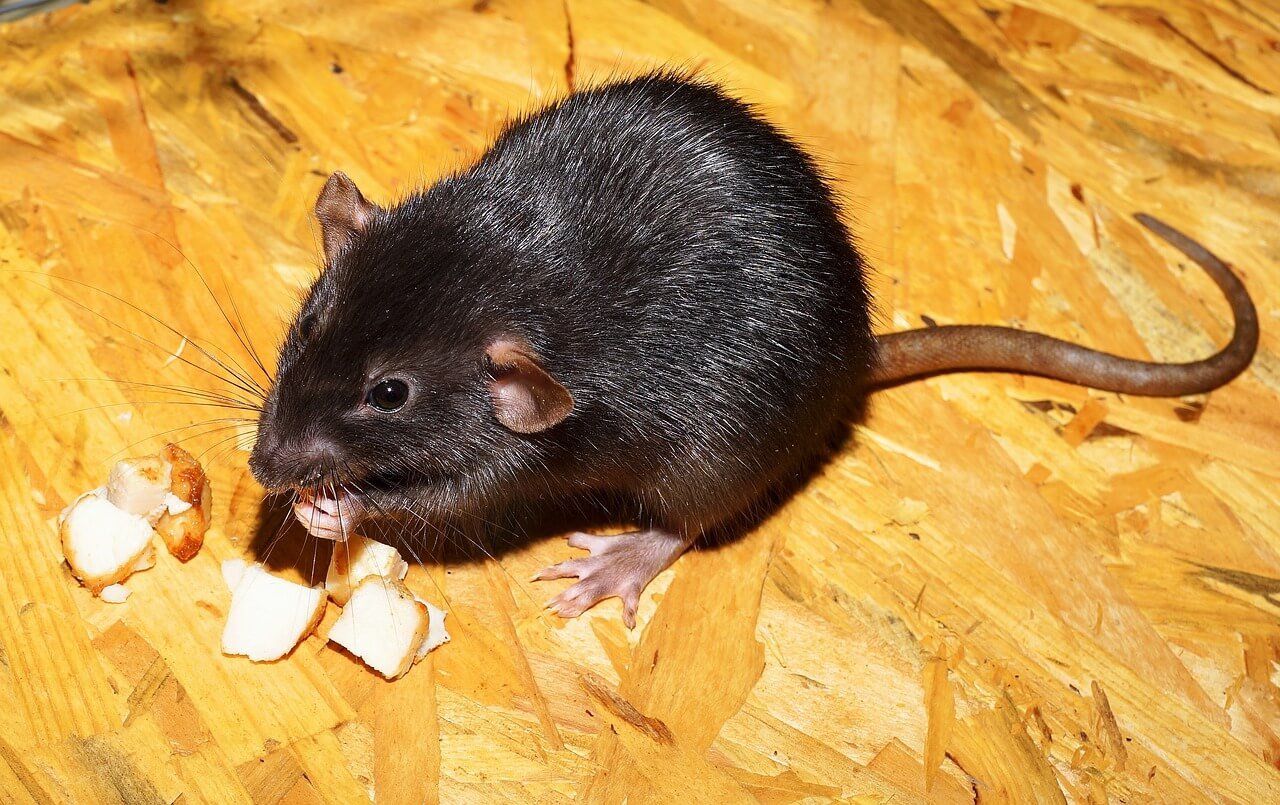
Norway Rat (Rattus norvegicus): An Overview
Introduction
The Norway rat, also known as the brown rat or sewer rat, is one of the most common and widespread rodent species globally. Originating from Central Asia, these rats have adapted to diverse environments, often thriving in urban settings. Their presence can pose significant health risks, economic challenges, and ecological concerns. This article delves into the biology, behavior, habitat, and management of Norway rats.
Biology and Identification
Physical Characteristics
- Size: Norway rats are relatively large, typically weighing between 6 to 12 ounces and measuring 7 to 10 inches in body length, excluding the tail.
- Color: Their fur is coarse and varies in color from gray to brown, with a lighter underbelly.
- Tail: The tail is shorter than the body, measuring about 6 to 8 inches, and is covered in fine hair.
- Ears and Eyes: Norway rats have small ears and beady eyes, which are proportionally smaller compared to other rat species.
Reproductive Behavior
- Breeding: Norway rats breed year-round, with females capable of producing up to 5 litters annually. Each litter can contain 6 to 12 pups.
- Development: Pups are born hairless and blind, but they mature quickly, weaning at about three weeks and reaching sexual maturity in about five weeks.
Habitat and Distribution
Preferred Environments
Norway rats are highly adaptable and can thrive in a variety of habitats, including:
- Urban areas: They are often found in sewers, basements, warehouses, and dumpsters.
- Agricultural lands: Fields and barns provide ample food sources.
- Rural settings: Norway rats can also inhabit fields and brushy areas.
Geographic Distribution
Originally from Asia, Norway rats have spread worldwide, primarily due to human activity. They are prevalent in North America, Europe, and parts of Asia, often found in densely populated areas where food and shelter are readily available.
Behavior and Diet
Foraging and Feeding Habits
Norway rats are omnivorous and highly opportunistic feeders. Their diet typically includes:
- Grains and seeds
- Fruits and vegetables
- Meat and fish
- Human food waste
They are known to consume about 1 ounce of food daily and require water to survive, often obtaining moisture from their food sources.
Social Structure
Norway rats are social animals that live in colonies. They establish a hierarchy, with dominant individuals asserting control over food resources and nesting areas. Communication among rats occurs through vocalizations, scent marking, and body language.
Nesting
Nesting sites are often located in sheltered areas close to food sources. Norway rats construct nests using materials such as paper, fabric, and plant matter. These nests can be found in hidden locations like walls, attics, or under debris.
Health Risks and Damage
Public Health Concerns
Norway rats are vectors for various diseases that can affect humans and pets. Some notable diseases include:
- Leptospirosis: A bacterial infection that can cause severe illness.
- Hantavirus: Transmitted through contact with rodent droppings, urine, or saliva, this virus can lead to serious respiratory issues.
- Salmonella: Rats can contaminate food with salmonella bacteria, causing gastrointestinal illnesses.
Economic Impact
The presence of Norway rats can lead to significant economic losses due to:
- Contamination of food supplies
- Damage to buildings and infrastructure
- Increased costs of pest control measures
Ecological Impact
Norway rats can disrupt local ecosystems by competing with native wildlife for food and habitat. They are known to prey on birds, small mammals, and reptiles, which can lead to declines in certain species.
Prevention and Control
Prevention Strategies
To minimize the risk of Norway rat infestations, implement the following preventive measures:
- Seal Entry Points: Inspect and repair holes in walls, foundations, and around utility lines.
- Proper Waste Management: Store food in airtight containers and dispose of waste regularly.
- Remove Attractants: Eliminate clutter and debris where rats can hide, and keep gardens tidy.
Control Measures
If Norway rats are already present, various control methods can be employed:
- Traps: Snap traps and live traps can be effective in capturing rats.
- Rodenticides: Use of poison baits should be done cautiously and in accordance with local regulations.
- Professional Pest Control: For significant infestations, seeking assistance from licensed pest control professionals is recommended.
Conclusion
Norway rats are resilient creatures that thrive in various environments, especially in urban areas. Understanding their biology, behavior, and the risks they pose is crucial for effective management and prevention. By implementing proper control measures and preventive strategies, individuals and communities can minimize the impact of these rodents on public health and local ecosystems.